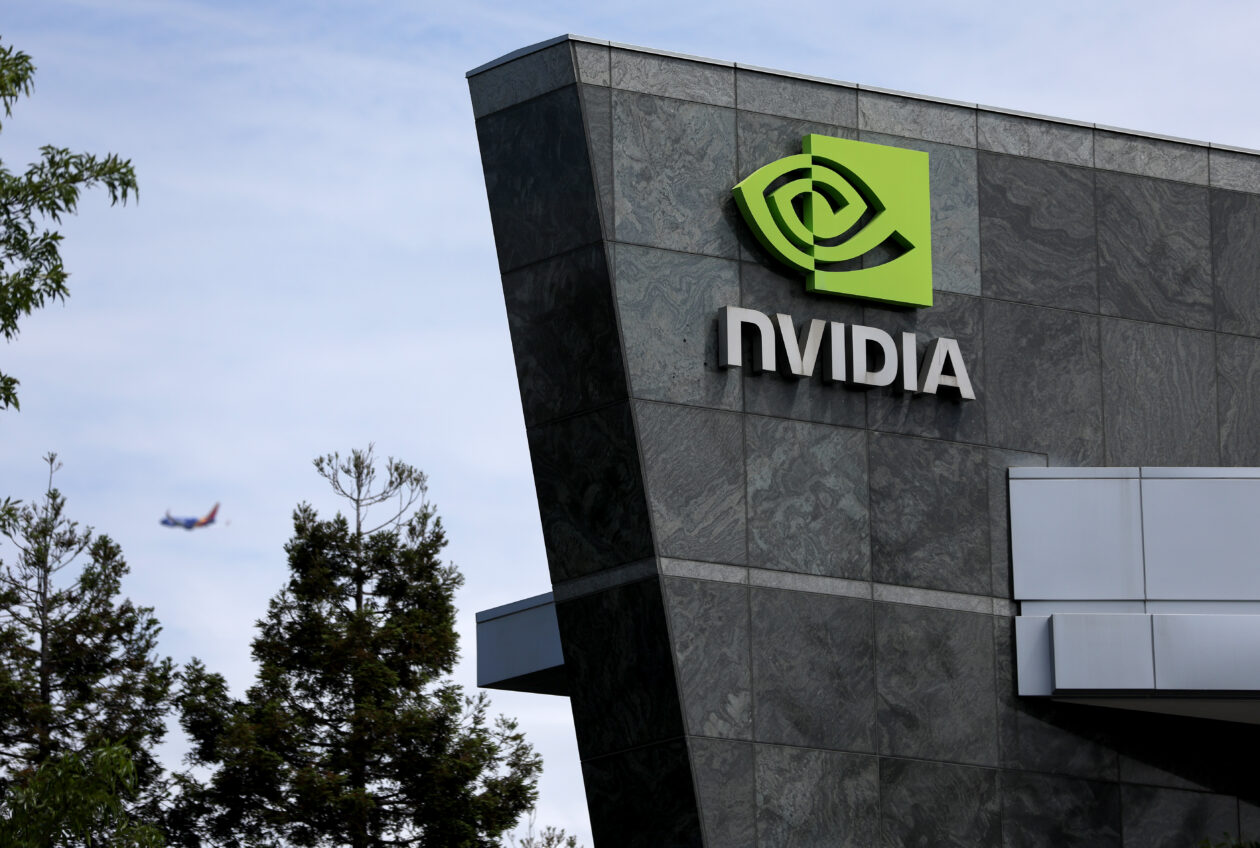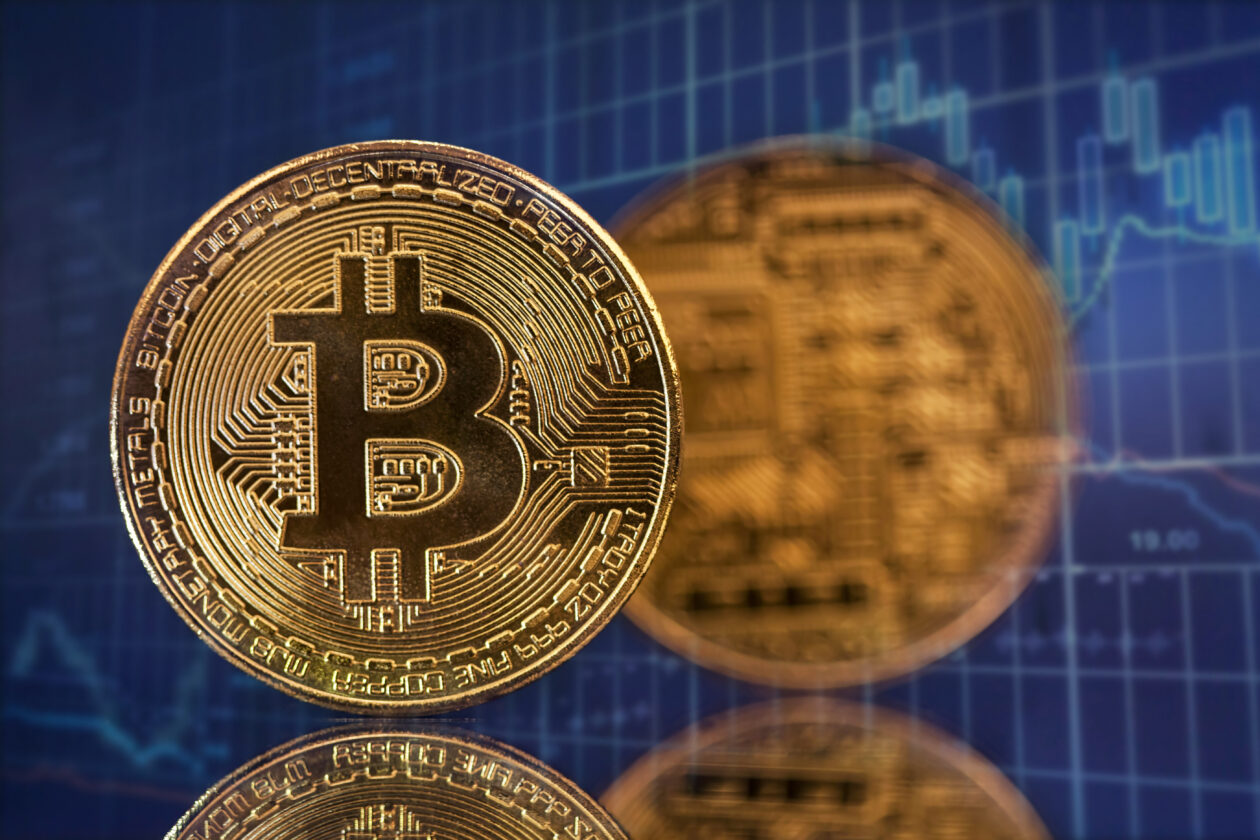Bitcoin edged higher on Tuesday morning in Asia but failed to breach the US$29,500 resistance level. Ether also edged up, while other top 10 non-stablecoin cryptocurrencies traded flat to higher. Solana’s SOL led the winners. As risk sentiment improved in the wake of weak U.S. inflation data, last week saw an inflow for digital asset investment products after three consecutive weeks of outflows. Meanwhile, the Forkast 500 NFT index moved up after the NFT market logged the largest weekly total transactions since February 2022. U.S. stock futures traded mixed after Wall Street closed higher Monday on the back of a rally led by chipmaker Nvidia.
A blessing in disguise
Bitcoin edged up 0.35% in the last 24 hours to US$29,408.45 as of 07:30 a.m. in Hong Kong, and logged a weekly gain of 0.91%, according to CoinMarketCap data. The world’s leading cryptocurrency reached a high of US$29,660.25 early Tuesday morning.
Bitcoin’s price has remained largely within the $29,000 to $30,600 range for the past seven weeks, causing frustration among investors seeking higher rewards. However, low volatility could be a blessing in disguise, Nigel Green, founder and chief executive officer of financial management group deVere, said in an emailed statement.
“This newfound stability attracts institutional investors, who have been historically wary of entering the market due to its extreme price swings,” Green said.
“This stability is also a boon for businesses and consumers looking for a reliable store of value or medium of exchange,” he added.
Matteo Greco, research analyst at Canada-based digital asset investment firm Fineqia International, said in an emailed note that low volatility does not necessarily mean low investor interest in the coin.
Greco pointed to the Bitcoin long-term holder level — a metric that measures the percentage of Bitcoin holders who have held the coin for over 155 days —which reached its highest ever level over the first week of August.
“The data shows how the vast majority of BTC holders did not execute trades in the last few months, as the low volumes and the almost inexistent volatility recorded in the last two months suggest,” said Greco.
“These numbers are also typical to be observed during the summer months, especially July and August, and do not reflect a decrease in investors’ interest towards the digital asset market,” he added.
Meanwhile, digital asset investment products saw an inflow of US$29 million in the week ending August 11. That followed three consecutive weeks of outflows totalling around US$144 million, according to a Monday report by European alternative asset manager CoinShares. Bitcoin saw an inflow of US$27 million — roughly 93% of the total inflows.
The inflows to digital asset investment products are “likely due to the recent U.S. inflation data, which was slightly below expectations, signifying that a September rate hike is less likely,” CoinShares wrote in the report.
Along with Bitcoin, Ether gained 0.22% to US$1,844.14 and added 1.05% for the past seven days. Other top 10 non-stablecoin cryptocurrencies all traded higher with the exception of Dogecoin, which inched 0.06% lower to US$0.07477 but gained 2.05% for the week.
Solana’s SOL led the winners, rising 3.50% to US$25.17 for a 9.42% weekly gain.
Synesis One, an artificial intelligence (AI) data crowdsourcing platform based on the Solana blockchain, launched its new train-to-earn application “Workspace by Synesis” on Monday.
The app allows users to train AIs as data providers while earning cryptocurrencies as rewards. This process, Synesis One claims, will result in a “fully traceable and auditable” data supply chain.
Outside the top 10 cryptos, HBAR, the utility token of distributed ledger technology platform Hedera Hashgraph, saw its price surge 13.59% in the past 24 hours to US$0.06666. That contributed to a weekly jump of 12.89%.
HBAR received a boost after Dropp, a Hedera-based micropayments application, was added to the U.S. Federal Reserve’s instant payments platform FedNow. The Fed-run service allows merchants to “accept small-value purchases digitally without paying large transaction fees” following its launch in July.
The total crypto market capitalization moved up 0.40% in the past 24 hours to US$1.17 trillion, while trading volume rose 47.95% to US$28.52 billion.
Weekly NFT transactions hit year-long high
The main Forkast 500 NFT index moved up 0.39% in the past 24 hours to 2,486.89 as of 09:50 a.m. in Hong Kong, and notched a 0.27% gain for the week. Forkast’s Ethereum and Polygon NFT indexes also logged gains, while the indexes for Solana and Cardano dropped.
Total NFT trading volume rose 22.88% in the past 24 hours to over US$16.48 million, according to data from CryptoSlam. Volumes on the Ethereum, Solana, Polygon, and Cardano blockchains all logged gains, while volume on the Bitcoin blockchain dipped.
In the week ending August 13, NFT sales topped US$101 million after sitting short of US$100 million for three consecutive weeks. Meanwhile, NFT transactions for the week totaled more than 2.80 million, a high not seen since February 2022.
Yehudah Petscher, NFT Strategist at Forkast Labs, commenting on the past week’s surge in NFT sales, said that he saw the emergence of low-priced collections as key to a sustained potential uptick in the market.
“We’re getting a glimpse of the future of NFTs. More affordable prices, higher volume, likely big brands and this is what we’re seeing in DraftKings, DMarket, Gods Unchained, and Sorare,” said Petscher.
Combined, Petscher noted, those three collections alone notched 872,185 transactions — nearly a third of the week’s total transactions.
“The question is, is this sustainable? I think it is, and that’s exactly why this will be the future. Traders haven’t really left NFT, they just ran out of liquidity since there’s no profits. But they can afford NFTs that are priced at just a few dollars,” Petscher added.
Among NFT collections, Ethereum-based DeGods saw the largest 24-hour sales volume. The collection surged 144.25% to over US$2.21 million after the project launched its “Season 3” digital art collection on Sunday.
Rather than introducing new NFTs, Season 3 allows its holders to upgrade their original DeGods NFT and receive four generative artworks.
Mythos Chain-based DMarket and ImmutableX-based Gods Unchained — two video game-adjacent collections — came in second and third place in terms of 24-hour sales volume.
Meanwhile, global beverage giant Coca-Cola Company introduced its “Masterpiece” NFT collection on Monday. The collection combines classic and contemporary art pieces with virtual coca-cola bottles, the company said.
The collection is issued on the Base blockchain, an Ethereum layer-2 network recently launched by crypto exchange Coinbase.
Nvidia leads US equities rally

U.S. stock futures traded higher as of 11:20 a.m. in Hong Kong following gains at the close of trading Monday. The tech-heavy Nasdaq led the gains with a rise of 0.34%.
In Asia, the main stock indexes traded mixed on Tuesday morning. China’s Shanghai Composite, Hong Kong’s Hang Seng and South Korea’s Kospi all logged losses, while Japan’s Nikkei moved higher.
Artificial intelligence (AI) chipmaker Nvidia Corporation posted a rise of 7.09% on Monday, its highest daily rise since May. That jump followed a note from multinational investment bank Morgan Stanley that described the U.S. tech giant as its “top pick” amid a “massive shift in spending towards AI.”
Nvidia’s highly anticipated quarterly earnings report is due for release next week.
“It’s the first day in a while that tech has really significantly outperformed,” Jay Hatfield, CEO of U.S.-based investment advisor Infrastructure Capital Advisors, told Reuters.
“That’s indicative of the fact that you have this blockbuster Nvidia report coming up and that could support the tech market pretty substantially,” Hatfield added.
U.S. investors now await the release of retail sales data on Tuesday, followed by the U.S. Federal Reserve’s July meeting minutes on Wednesday, for further insight on the health of the U.S. economy and the Fed’s future monetary policies.
The Fed meets on Sep. 19 to make its next move on interest rates, which are now between 5.25% to 5.50%, the highest level since January 2001. Analysts at the CME FedWatch Tool predict a 88.5% chance there will be no interest rate hike in September.
Elsewhere, China’s central bank unexpectedly lowered the rate of its medium-term lending facility (MLF) by 15 basis points to 2.5% on Tuesday, only two months after the previous rate cut in June.
“The slightly earlier timing and a larger than expected 15 basis point rate cut of MLF show that Beijing feels the urgency to take more policy easing actions to stabilize expectations and growth,” Xiaojia Zhi, chief China economist at international banking group Credit Agricole, told Bloomberg.
Zhi added that China could see more monetary easing in the coming months.
The decision was announced shortly before China’s National Bureau of Statistics reported disappointing economic data for July. That data included a rise in the urban unemployment rate, as well as decelerated and smaller-than-expected growth in retail sales and industrial production, according to the Wall Street Journal.
(Updates with equities section.)





